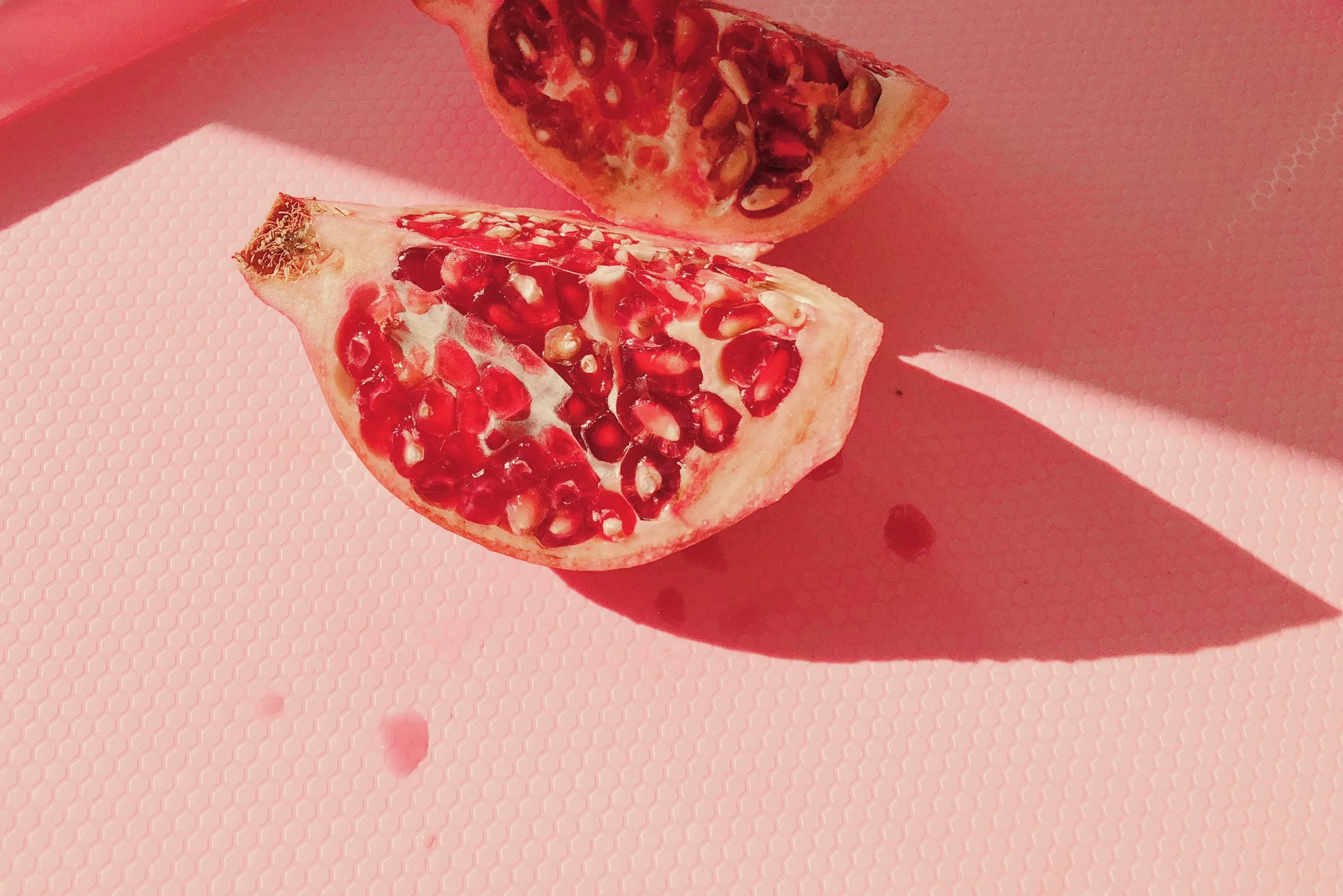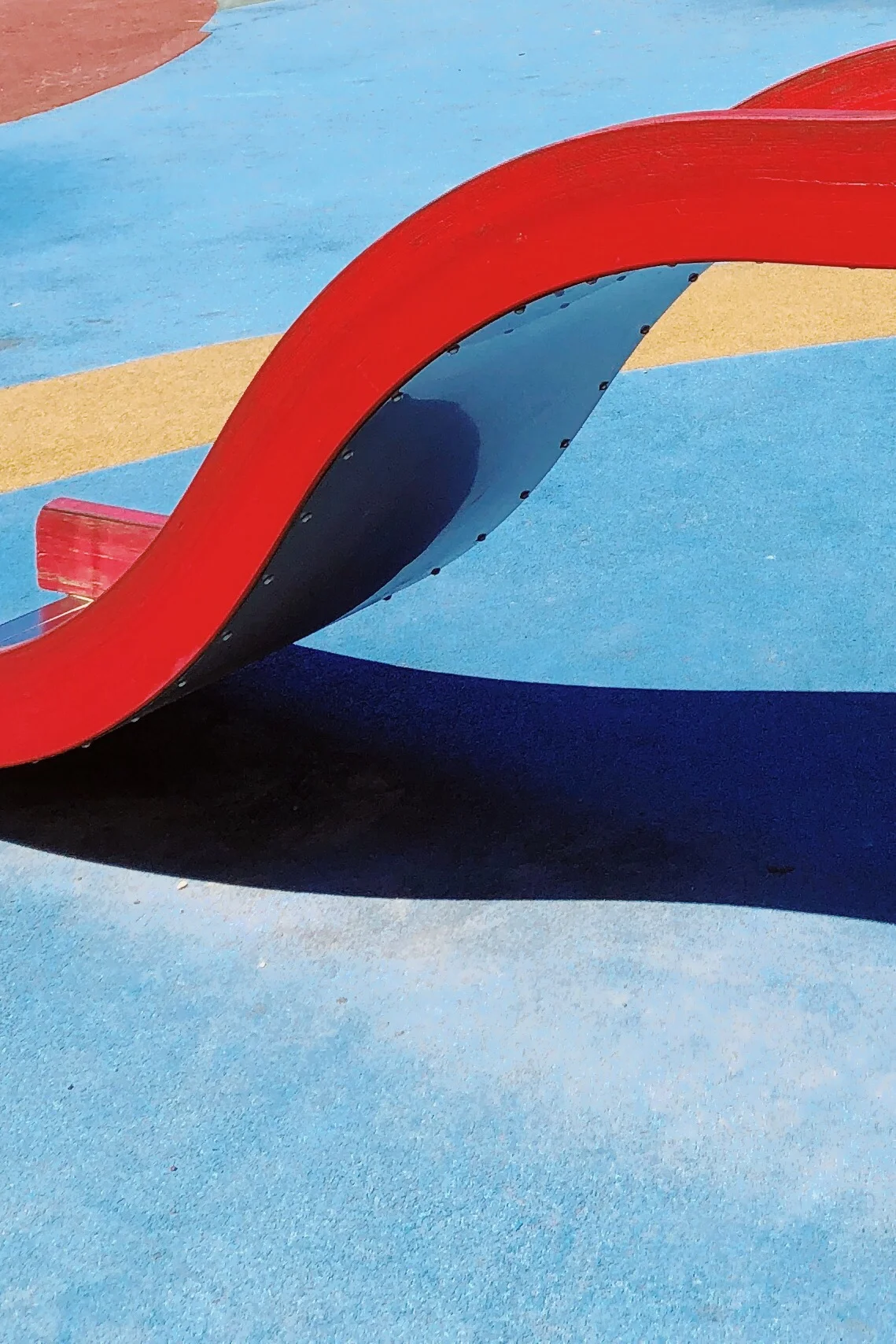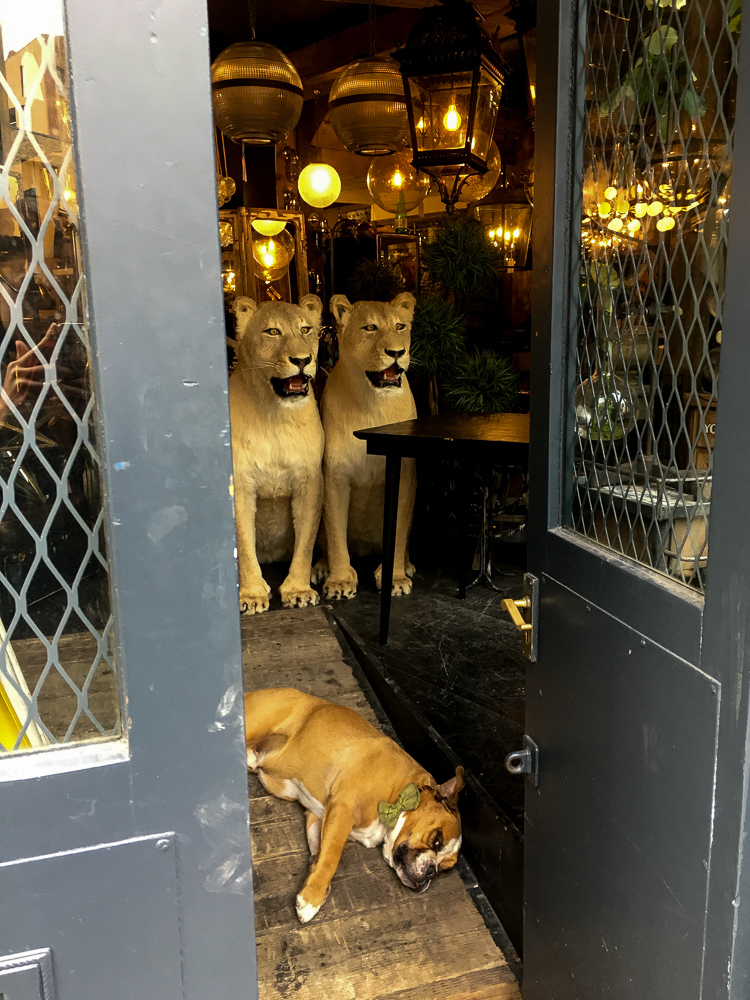There's a nice analogy plucked from the pages of a most observant and beloved detective that brings together our thoughts nicely:
In “A Scandal in Bohemia,” Sherlock Holmes instructs Dr. Watson on the difference between seeing and observing:
“When I hear you give your reasons,” I remarked, “the thing always appears to me to be so ridiculously simple that I could easily do it myself, though at each successive instance of your reasoning, I am baffled until you explain your process. And yet I believe that my eyes are as good as yours.”
“Quite so,” he answered, lighting a cigarette, and throwing himself down into an armchair. “You see, but you do not observe. The distinction is clear. For example, you have frequently seen the steps which lead up from the hall to this room.”
“Frequently.”
“How often?”
“Well, some hundreds of times.”
“Then how many are there?”
“How many? I don't know.”
“Quite so! You have not observed. And yet you have seen. That is just my point. Now, I know that there are seventeen steps, because I have both seen and observed.”
The exchange really shook me. Feverishly, I tried to remember how many steps there were in our own house, how many led up to our front door (I couldn’t). And for a long time afterward, I tried to count stairs and steps whenever I could, lodging the proper number in my memory in case anyone ever called upon me to report. I’d make Holmes proud (of course, I’d promptly forget each number I had so diligently tried to remember – and it wasn’t until later that I realized that by focusing so intently on memorization, I’d missed the point entirely and was actually being less, not more observant)."






























